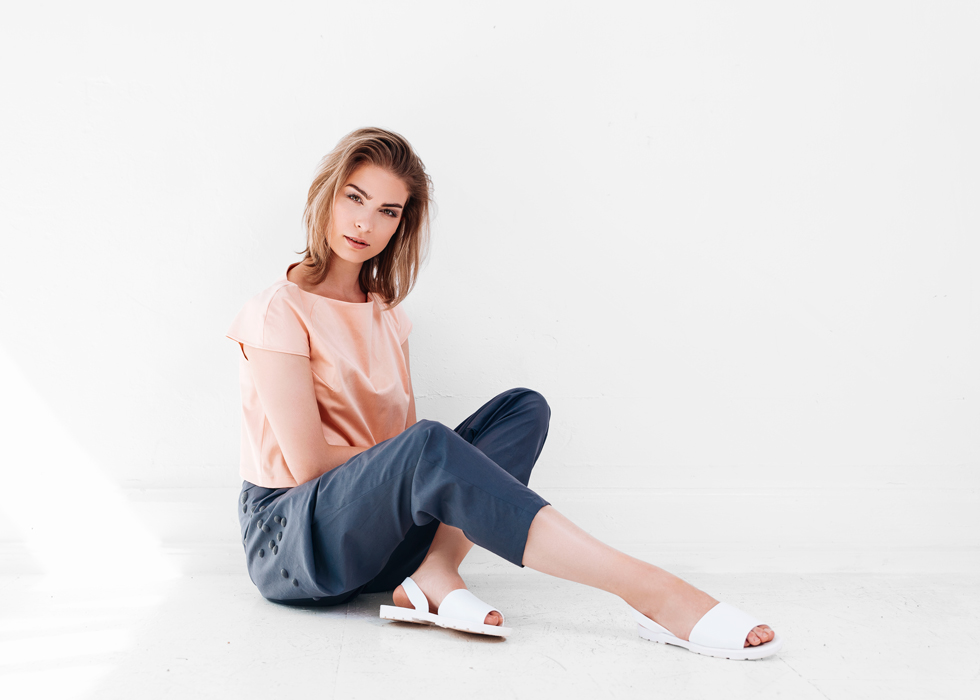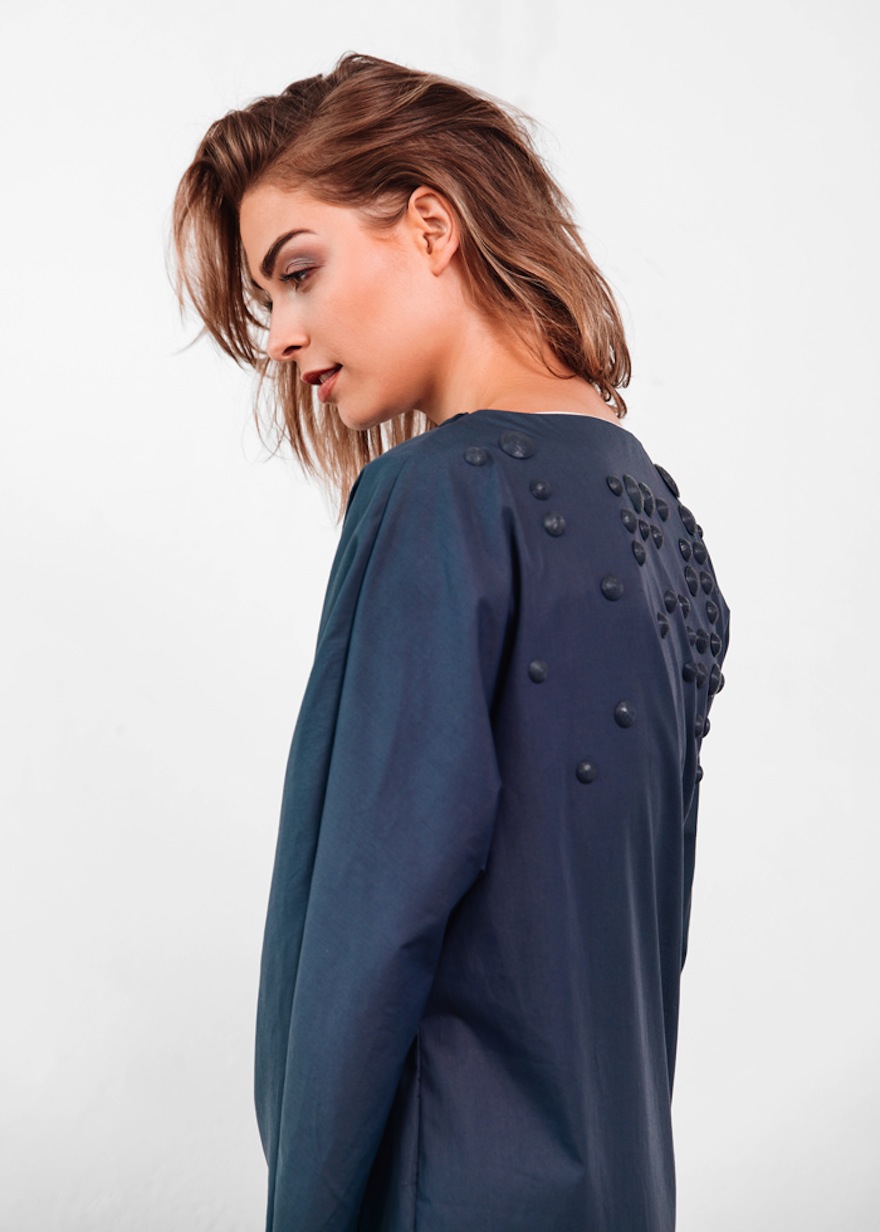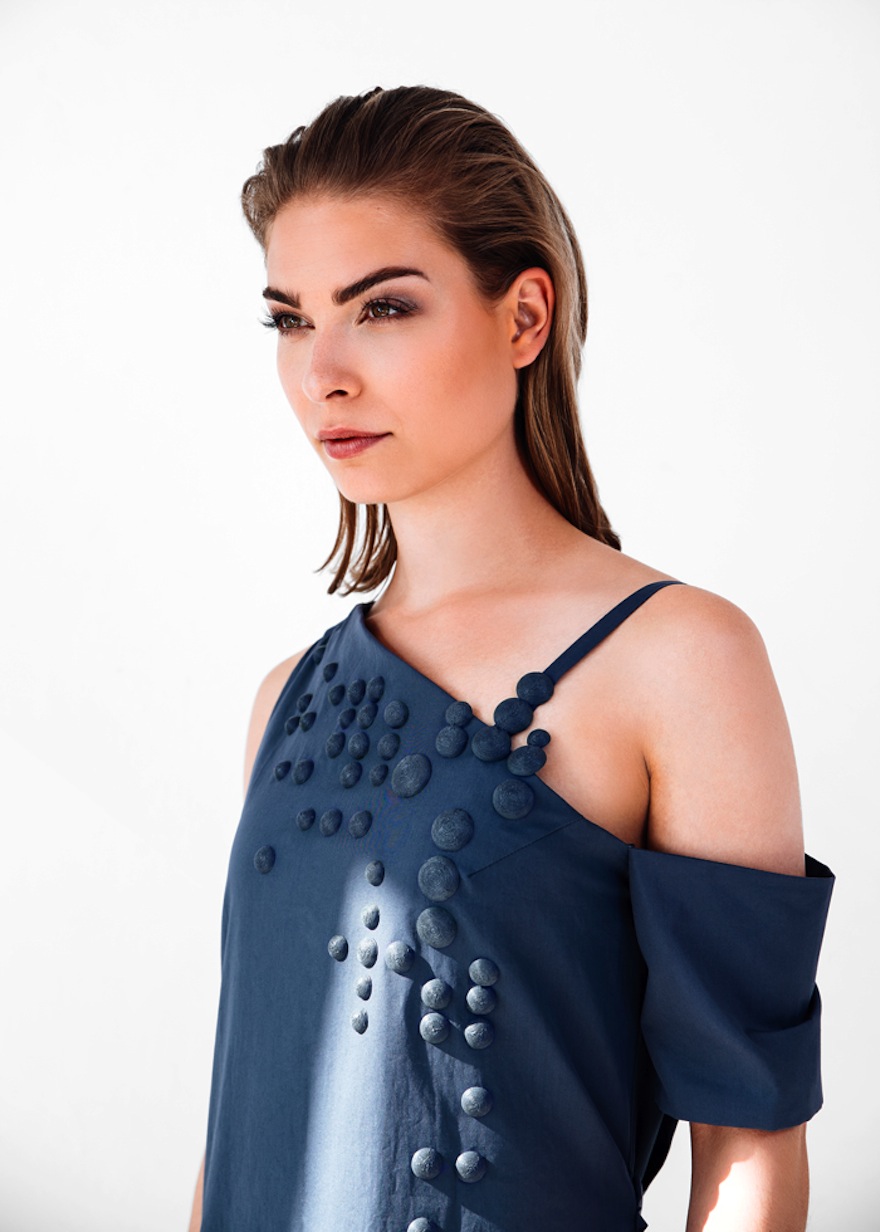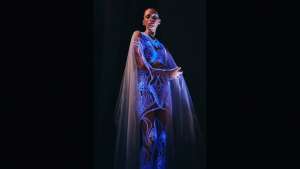
As 3D printing becomes increasingly ubiquitous within modern modes of production, we’re seeing its innovative utilisation across a number of different creative fields. Its possibilities in the fashion industry have been widely speculated over the past few years but this collection from a German design student represents a practicality seldom demonstrated.
Babette Sperling, a fashion design student at the University of Zwickau in Germany, was inspired to create a garment collection using 3D printing. Featuring integrated braille notes, the garments are not only visually textured, but also possess a hidden message, giving the wearer an emotional connection to the clothing. For her debut at Mercedes Fashion Night Berlin 2016, she unveiled a range of eco-friendly, braille-decorated clothes that successfully demonstrated a practicality, wearability and sustainability rarely seen from 3D printed garments.
It took a bit of trial and error before Sperling arrived at her final concept. She experimented with a wide array of fabrics, printing materials and techniques before settling on Willowflex organic filament for her range’s production.


Willowflex, the flexible 3D printing filament, was invented by Dutch startup BioInspiration and funded through a successful Kickstarter campaign. Manufactured in Berlin from compostable raw materials (its base component is non-GMO corn starch), Willowflex boasts a high temperature resistance, effective adhesion and quick printing speeds. Sperling used it to print the secret Braille messages onto her pieces as well as several buttons of varying sizes.
“I am very happy that I discovered a 3D print filament that allows itself to integrate so seamlessly into my fashion design,” Sperling commented. “The certification of the raw material for compostability according to US and EU standards (EN 13423) fits perfectly into my concept for a full-circle sustainable product design that enables clothing that can return to nature after their lifecycle.”






